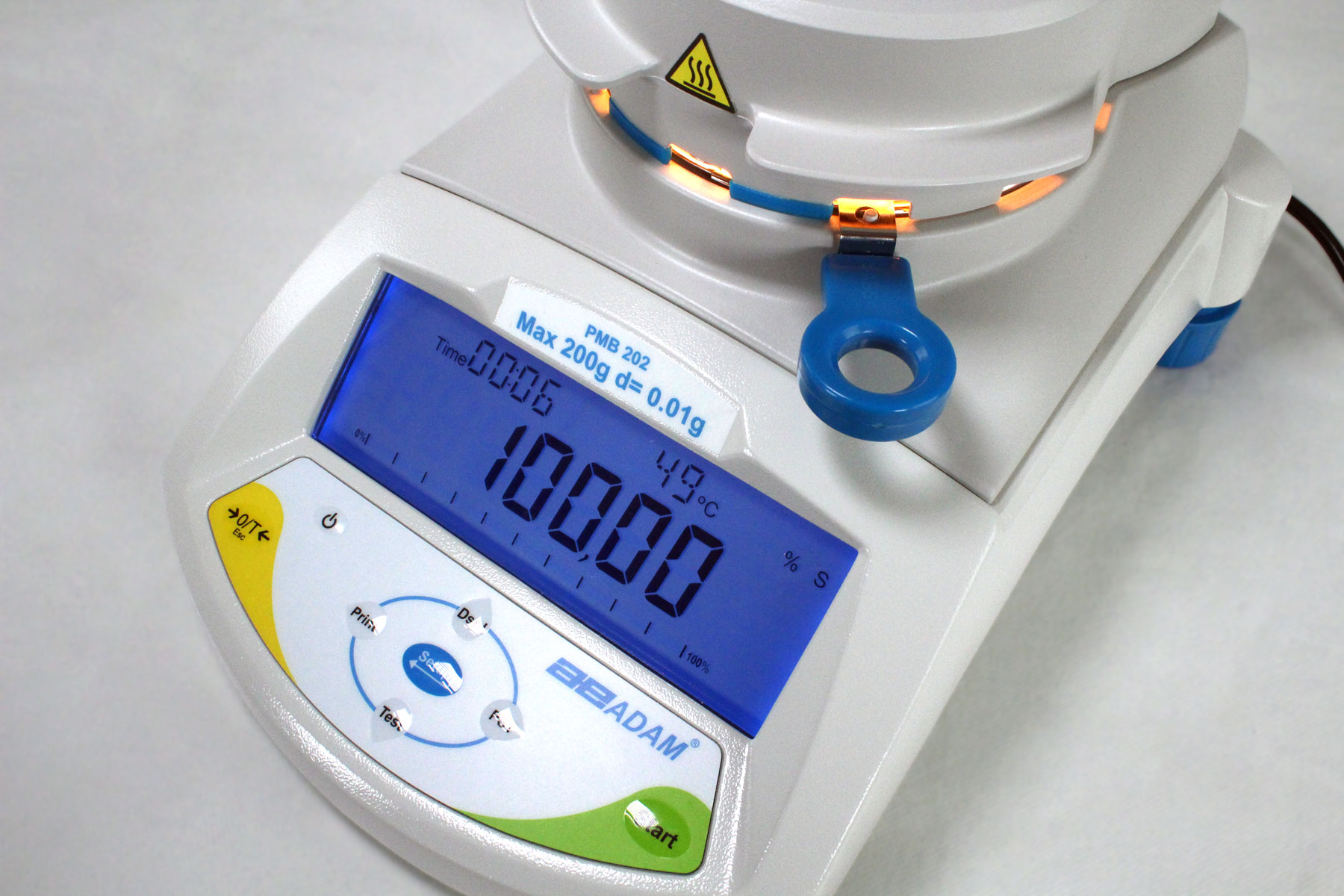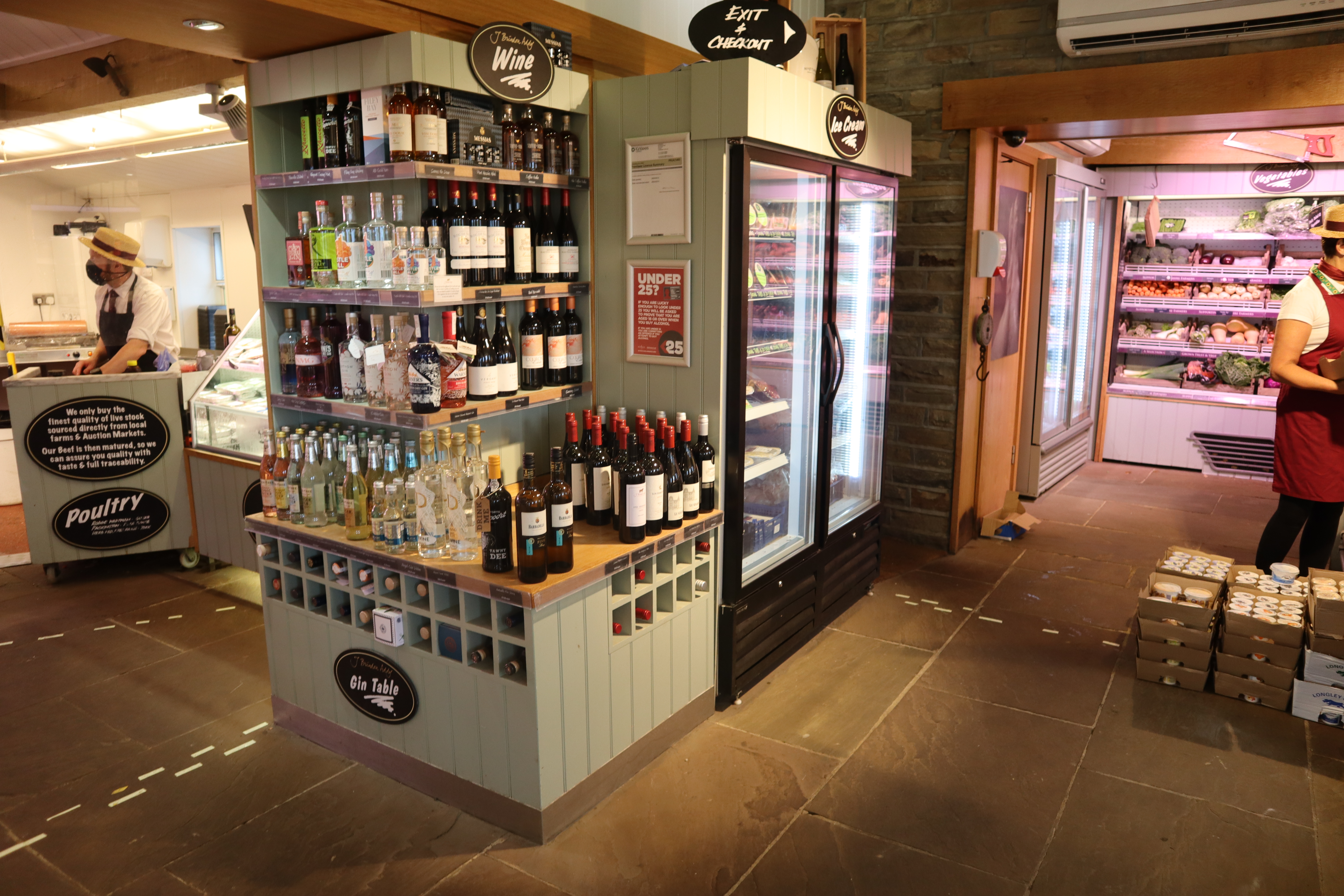
Winemaking is a multi-faceted process with variables in each step. Grape pressing is one of the more important tasks. How and when it’s done can affect the flavor of the finished product, and also can play a key role in producing a higher yield. Winery managers know that efficiency during grape pressing helps increase production and ultimately boosts profitability.
Download full PDF by clicking the image above
From Vine to Wine: The Crushing Saga of a Grape
After the initial crushing, pressing and de-sludging are complete, the remaining residue of skin and seeds is called the “grape marc” or “grape pomace.” Vintners have discovered that sometimes enough moisture remains in the grape marc to warrant another pressing, resulting in additional useable liquid from that particular batch. To determine if it’s worth the effort, they can verify the moisture content in a sample of the grape marc.

A Toast to Efficiency
Adam Equipment’s PMB moisture analyzer provides a rapid alternative to the time-consuming task of oven testing. The PMB speeds up the drying process and eliminates the possibility of burning a sample and getting false results.
The PMB features a single circular 400-watt energy-efficient halogen bulb, which heats the specimen in 1 °C selectable increments. A large, circular heating chamber is designed to heat samples evenly. Three heating options provide the flexibility to customize temperatures and test methods. The standard setting heats to one temperature in one step. For the ramp setting, the user chooses a temperature and sets the amount of time for the heat to reach that temperature. The step setting lets the user program up to three temperatures and times at each temperature.
For wine production control, the process is simple. Evenly spread approximately 20g of the grape marc on the aluminum sample pan and run the sample at 100 °C on the single heat setting. Temperature in the weighing chamber is monitored by a sensor. As the temperature approaches the final value, the heating bulb cycles on and off to maintain the designated temperature. Drying takes between 30-120 minutes, depending on the amount of residual moisture in the grape marc.
The initial temperature increase happens quickly, taking about a minute to reach 90 percent of the final temperature, and then another 30 seconds to reach the final figure. This method keeps the temperature from rising above the set point, eliminating possible damage to the sample. To monitor progress, PMB provides current results at set intervals.
Varietal Versions of the PMB
Adam offers three models — PMB 53 features a capacity of 50g and readability of 0.01% / 0.001g; PMB 163 features a capacity of 160g and readability of 0.01% / 0.001g; and PMB 202 features a capacity of 200g and readability of 0.05% / 0.01g.

Connecting with other devices is simple, as the PMB offers both a USB port and RS-232 interface. Users can log or print information, communicate with computers or transmit test programs and results. There is no need for additional software to take readings, giving users freedom to collect data in any location. Internal memory stores up to 99 test results. Save extra results to a flash drive or computer to quickly verify and compare readings. PMB retains and stores set-up information, saving the time and effort of having to re-enter the information in the next analysis.
An ergonomic design features handles on both sides for ready access, and a pan lifter is provided for placing and changing samples. The intuitively designed keypad features color-coded keys that highlight important functions.
Don’t Let Profits Wither on the Vine
Winemakers worldwide have developed a crush on the easy-to-operate PMB moisture analyzer. The PMB is a valuable tool that can help vintners improve product consistency and increase yield, resulting in production efficiency and higher overall profits.
To learn more about the PMB, visit www.adamequipment.com/pmb.



